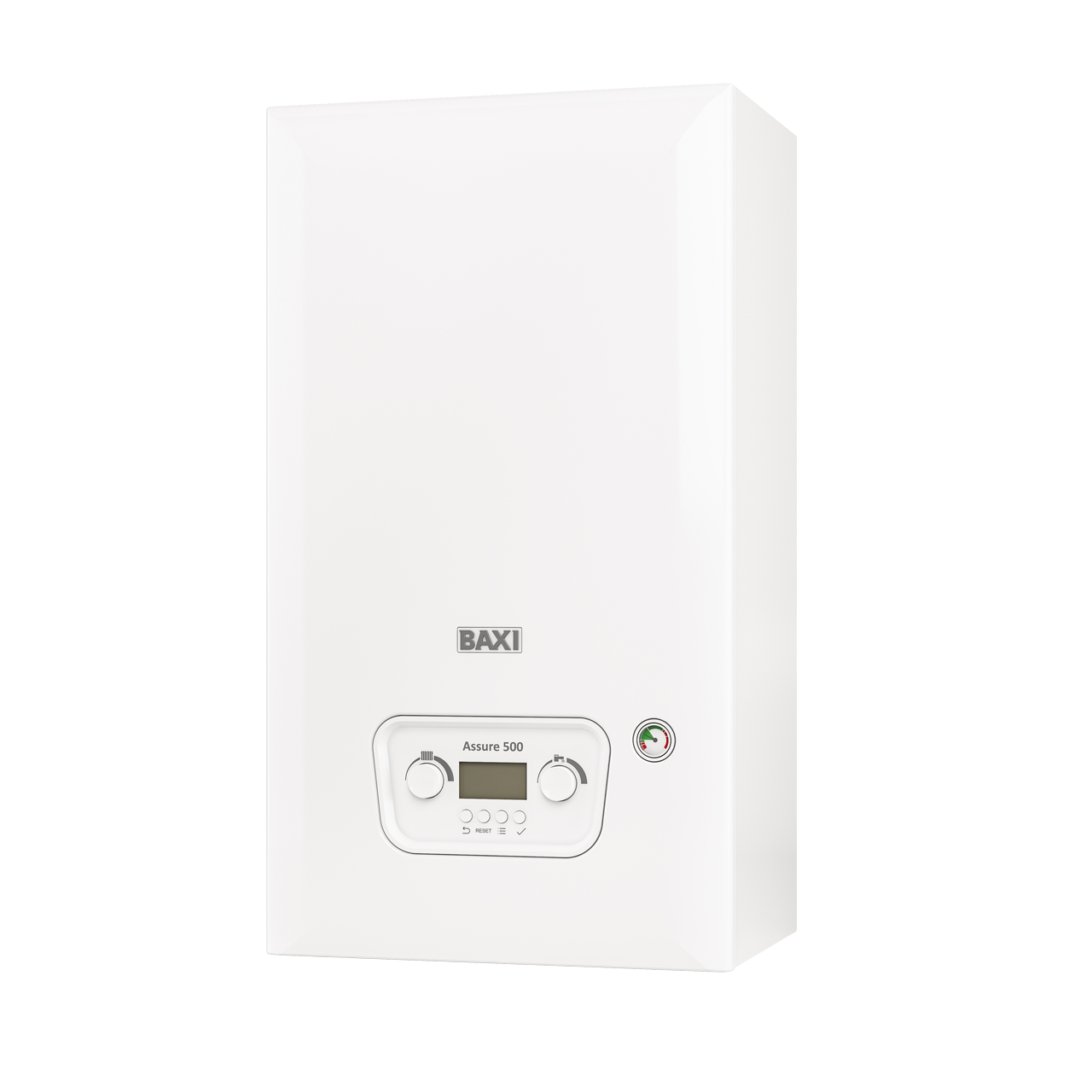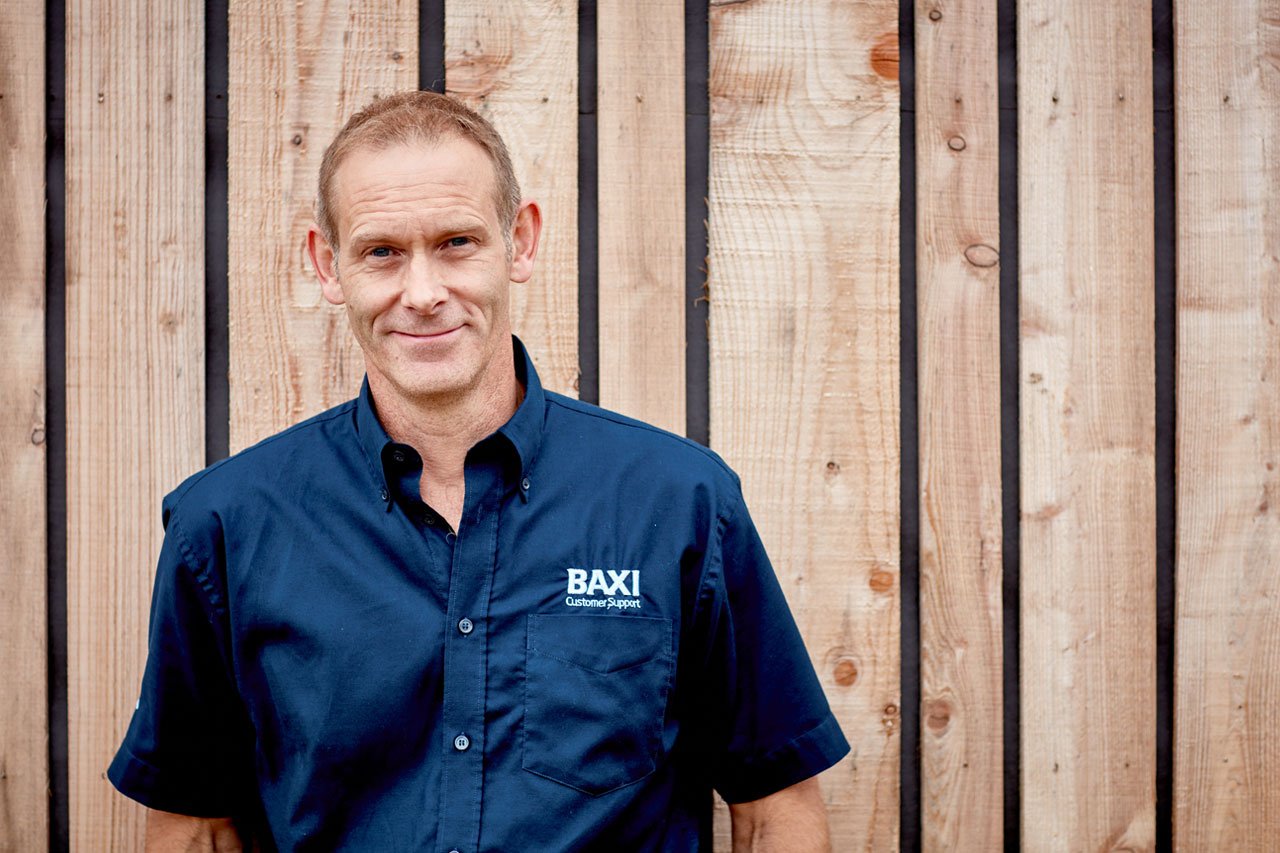Featured Blog

The Complete ASHP Service
Looking for complete ASHP support from start to finish? We’re here to help.
14/08/2025
Our Blogs
Contact your local ASM
Get support and guidance on how to get started with Baxi!
Contact your Baxi Assure Representative
Our Baxi Assure Sales Team is on hand to help you with all your Residential Specification hot water and heating requirements.




